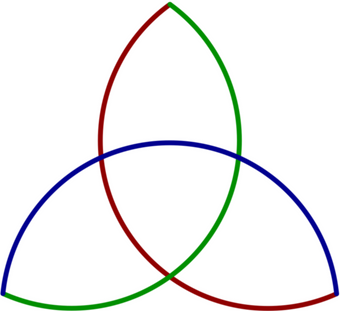
Trinity's first defining project - A tridisciplinary pylon
In BARI, 3 Ph.D. students work closely together on a common goal, namely, developing interactive robotics to improve the daily life of young adults with cereberal palsy (CP), through motion.
In a partnership with Egmont Højskolen, Dansk Handicapforbund and Odense University hospital, we use the RoboTrainer-One technology to assist with enabling strength training, and Augmented Gravity to enable and improve daily sports and fun activities for young adults inflicted with CP.
Trinity's first external project
Partner: Team Danmark
Development and demonstration of new concepts for sensors and biofeedback in the training of elite athletes.
The initial focus is to bring SDU's experience with modular technology, force sensing and biofeedback into the context of elite sports. In the sports area, focus is on fast force development and control during jumping and sprinting. In terms of technology and social interaction, the initial focus is on accuracy and flexibility through modularity and improvement through biofeedback, respectively.
Examples include:
Robot-assisted training of excentric overload
Respiration: Biofeedback and concentration
Robot-assisted leg training
Cancer & condition
Detection of abnormal gait
EMG for controlling RoboTrainer Light
Wireless EMG sensor for biofeedback
Gait analysis tool based on IMU
Analyzing and visualizing data from robotic rehabilitation process
Changes in EMG signals due to robotic weight relief
Robot-assisted Nordic Hamstring training
Optimized training of the hand using principtes from exoskeletons and soft robotics
Validation of sensors for analyzing during exercise
In addition to a high number of internal and external workshops with existing and potential partners, the work and topics embedded in Trinity have asserted itself in ways like:
Making effective rehab training available to everyone
At the "Trauma recovery" conference on March 4, 2020Get involved!
Both the envorinment and the topics created by the Trinity projects are meant to inspire further interdisciplinary ideas, projects and opportunities on all levels.
Trinity is comitted to creating and supporting new interdisciplinary activities within education and student projects as well as research projects and external collaboration.
We highly appreciate student projects that aim to empower and activate people in terms of bodily motion and interaction through applied technology, or aim to study the effect dynamics of technolgy augmented motion and interaction
Copyright © All Rights Reserved